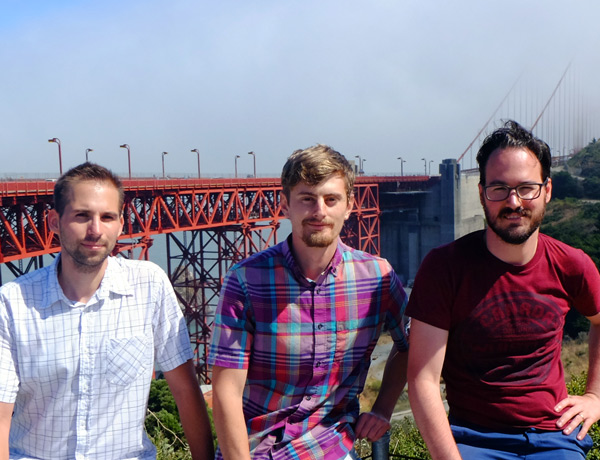Using Artificial Intelligence to Detect Asbestos
Asbestos Exposure & BansWritten by Daniel King | Edited By Walter Pacheco

Humans cannot see, smell or taste airborne asbestos fibers.
Identifying them through a microscope requires the eye of a trained analyst — but perhaps not for long.
Australian engineer Jordan Gruber is working on technology that can automatically detect asbestos from the air around a worksite.
Exposure to airborne asbestos fibers is the primary cause of mesothelioma, an aggressive form of cancer.
The past use of asbestos in building materials has led to great suffering among Americans and Australians alike.
Gruber got into robotics so he could work on self-driving cars. But when his brother became an occupational hygienist specializing in asbestos removal and monitoring, Gruber realized the need for technology that can help prevent on-the-job asbestos exposure.
At age 23, Gruber founded Frontier Microscopy.
“My team and I are driven to applying our knowledge to reducing risk to workers and the public,” Gruber told Asbestos.com. “In effect, we are driven to apply artificial intelligence and robotics to save lives.”
A Microscope Called Marvin
Currently, only specialized laboratories can identify asbestos.
A technician typically has to examine a sample through a microscope for 15 minutes and manually document their findings. They risk exposure to asbestos in the process.
Frontier Microscopy is developing a system called Marvin to streamline this process.
Marvin’s robotic microscope takes hundreds of pictures across an air filter sample in seconds. The robot then uploads the pictures to a cloud-based analysis program.
The program’s artificial intelligence searches the sample for toxic asbestos fibers, and Marvin generates a report of its findings.
The whole process takes just two minutes.
Goal Is Preventing Asbestos Exposure
For decades, asbestos dust was rampant in industrial settings such as construction sites, refineries and ships.
This led to high rates of mesothelioma and other asbestos-related diseases among many trade professions.
Today, the use of asbestos is limited in the developed world, but there is still a risk of toxic exposure whenever old buildings are renovated or demolished.
In many developing nations, workers are still routinely exposed to asbestos. Foreign manufacturers use it in various types of insulation and cement.
Gruber believes Frontier Microscopy’s technology could improve workplace safety around the globe by making it fast and easy to detect airborne asbestos fibers.
Marvin would remove the need for a worksite to physically send an air filter sample to a laboratory for testing.
“Our main base of operations is in Australia, where we are validating the technology for laboratory accreditation. We anticipate laboratory trials to be completed in the coming months,” Gruber said. “We are interested in speaking to potential distributors in the U.S. for both Marvin and our Management Suite product, as well as potential laboratory partners for validation purposes.”
Lethal Legacy of Asbestos in Australia
Australia has a long history of asbestos problems, which Gruber is all too familiar with.
“I’ve personally visited Wittenoom in Western Australia, known as the epicenter of asbestos mining in Australia. Soon after the health effects of asbestos became known, Wittenoom was abandoned,” Gruber said. “Thousands of people worked the asbestos mines at Witternoom, with hundreds of deaths linked to asbestos-related diseases as a result.”
The level of asbestos pollution at Wittenoom is comparable to the situation of Libby, Montana.
In Libby, the Zonolite Company and W.R. Grace mined asbestos-contaminated vermiculite to make into attic insulation.
Zonolite insulation brought the risk of asbestos exposure to homes and businesses across the U.S.
In Australia, though, the Mr. Fluffy company marketed an even deadlier insulation product to homeowners. Called Asbestosfluf, it was essentially just pure asbestos fluffed into a soft, light texture.
Australia and the U.S. continue to struggle with the consequences of the asbestos industry’s past recklessness.
Jordan Gruber and other entrepreneurs are working on ways to create a safer and healthier future for everyone.







